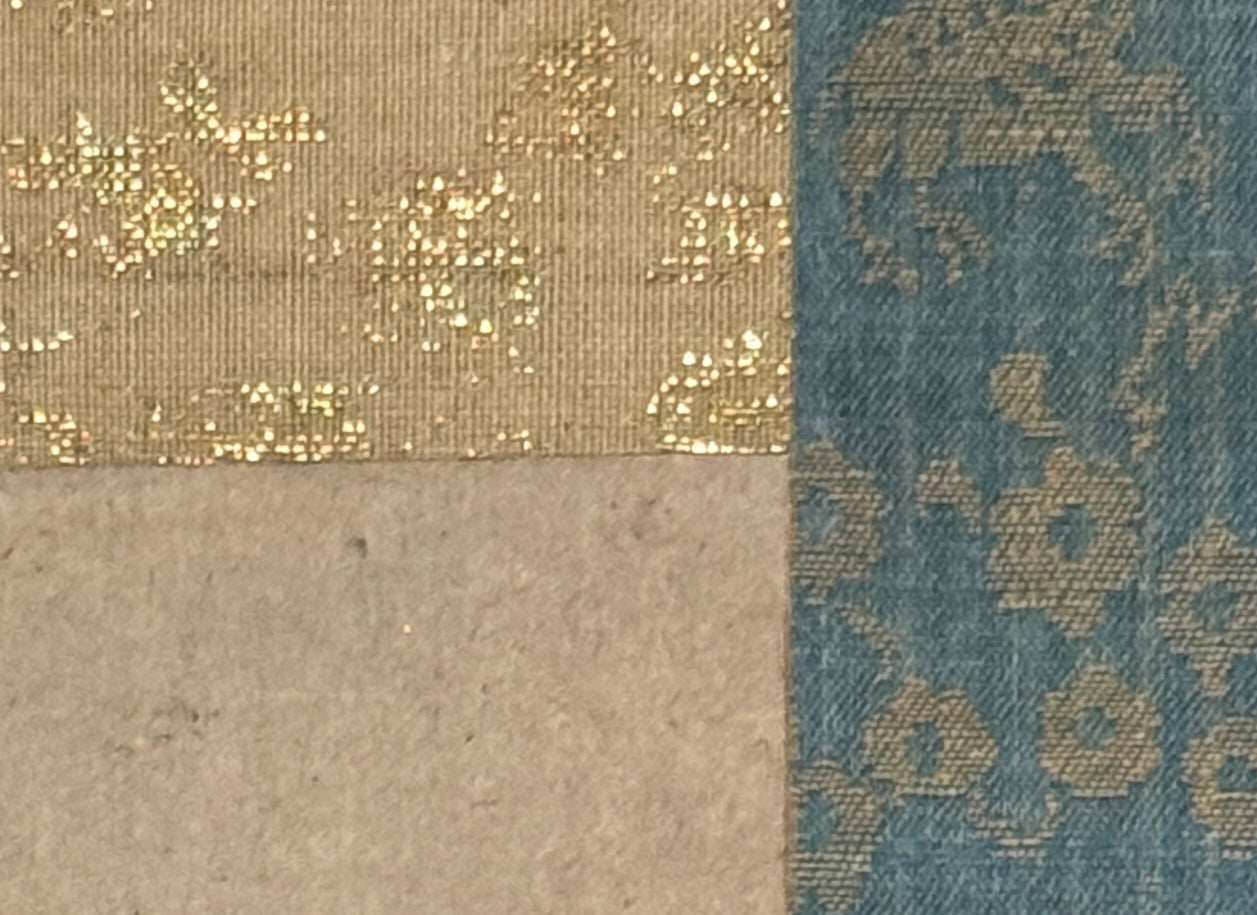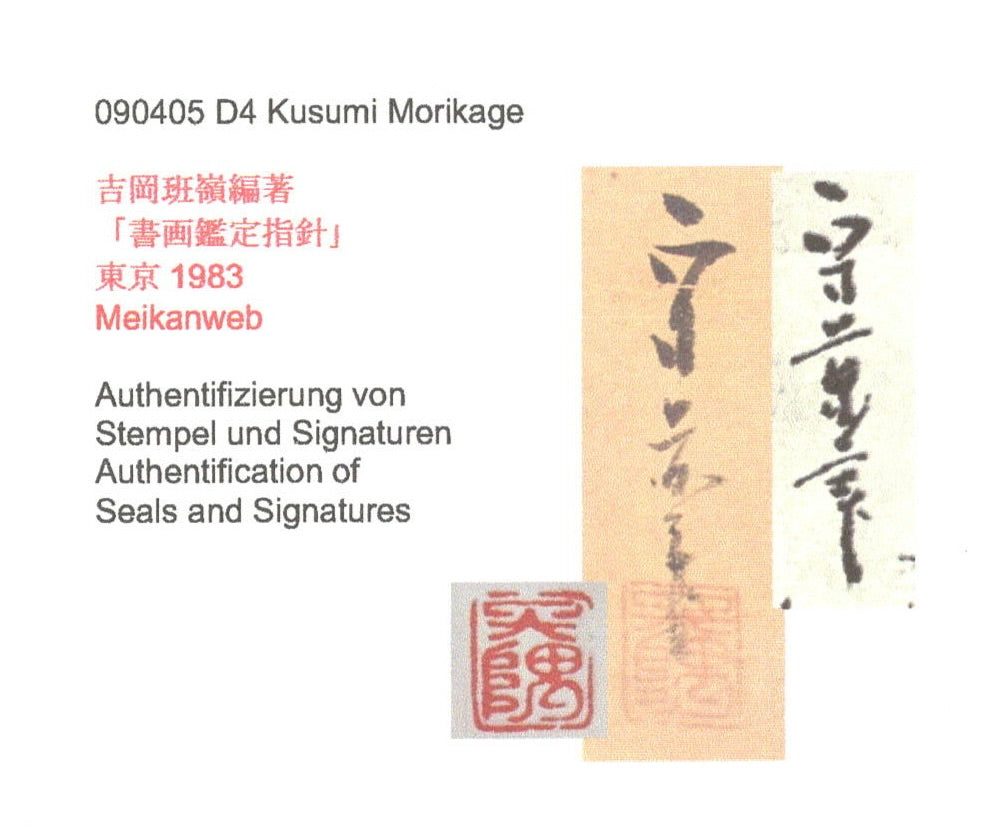Guignard Kyoto Collection
Rooster with drum 鶏 | Kusumi Morikage 久隅守景 | 1620-1690
Rooster with drum 鶏 | Kusumi Morikage 久隅守景 | 1620-1690
Couldn't load pickup availability
Kusumi Morikage is an extraordinary figure in Japanese art history. He was a respected student of the great Kanō Tanyū. When a young painter received such favor, he gratefully accepted admission into the artist family of the almighty Kanō. But the self-confident Morikage refused, even though he married a niece of his master Kanō Tanyū...
One artistic reason why he renounced the protection of the Kanō institution was his rejection of the Chinese-influenced motif world of this school; Morikage was interested in purely Japanese subjects. His most famous picture shows a young peasant family eating melon on a summer evening. This is clearly not a Kanō subject, and so the picture became a "National Treasure" that hangs in the National Museum in Tokyo not only because of its inherent artistic merits, but also because of its historical originality.
This painting with a rooster has been painstakingly restored and remounted. The red color of the cockscomb now shines freshly again, and the brushwork is as lively as one would expect from Morikage.
The rooster on the drum is a popular folk motif in Japan. It was considered a divine bird - the large old Shinto shrines still keep magnificent roosters in the shrine precincts. In every shrine there is a large drum that is beaten during ceremonies and festivals (matsuri). In poetry, the sunrise is often associated with the crowing of the rooster, which is ultimately also in line with natural reality. In the "land of the rising sun" the rooster and the drum together form a fixed motif.














